Everything You Need To Know About How to Edit A Podcast
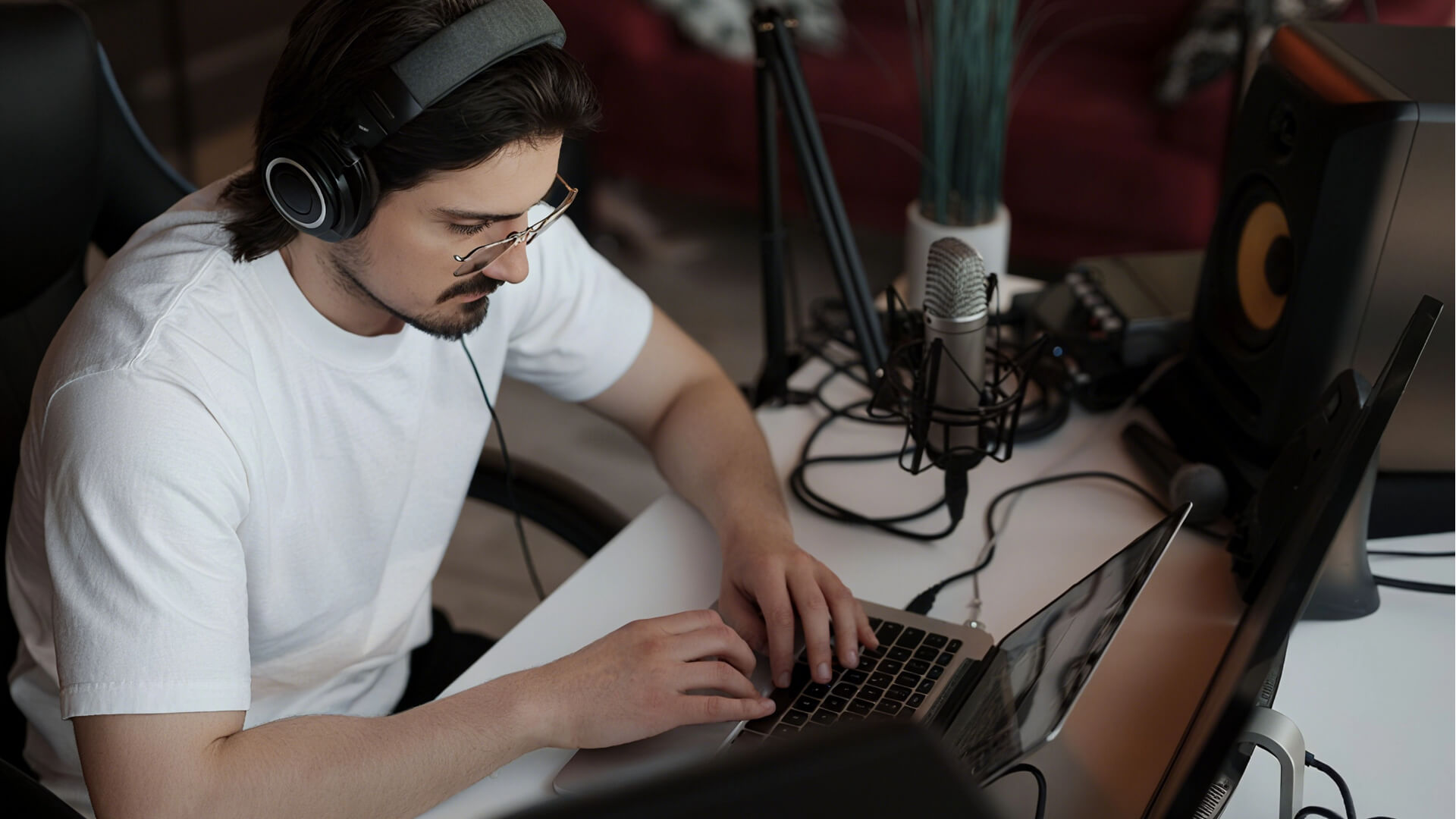
Recording your podcast is only the first step. To make your hard work shine, you also need to edit your raw audio into a polished final episode.
If you’re new to podcasting and not sure where to start, don’t worry. In this article, we’ll walk you through the editing process step by step. You’ll learn how to shape your podcast into something that matches your style and sounds professional.
As of 2025, approximately 55% of Americans aged 12 and older have listened to a podcast in the past month, up from 47% in 2024. This growth shows that podcast audiences are expanding rapidly, making high-quality audio production essential for your show to stand out.
Ready to begin? Let’s dive in!
What Are The Main Ways To Edit A Podcast?
Using Smart Editing Software
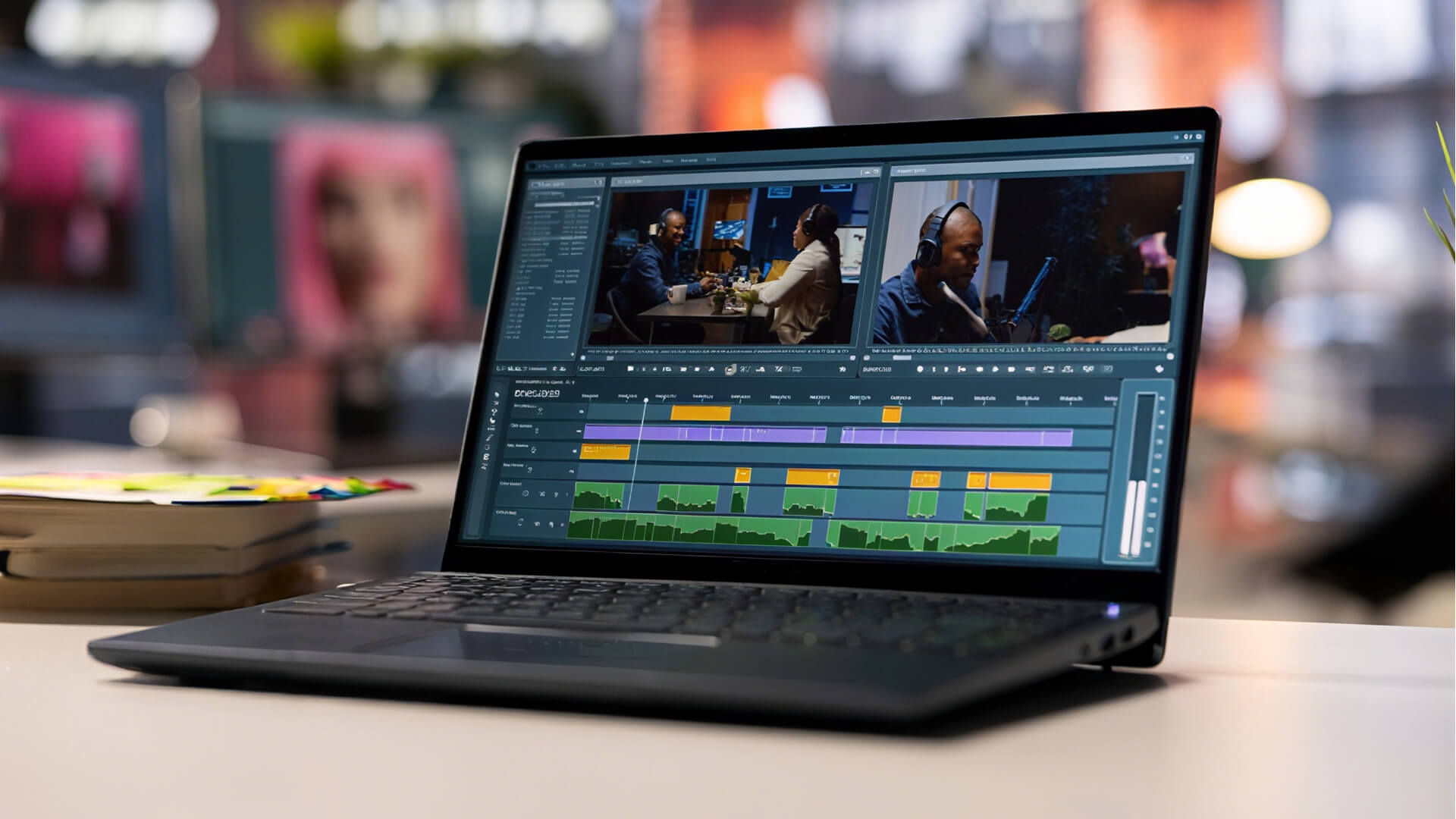
As you know, AI is moving fast and shaping many industries. Podcast editing is no exception. Today, there are plenty of smart tools that can edit your podcast automatically. All you need to do is upload your audio, set a few simple options, and the tool will create a ready-to-publish file. The best part? These tools are beginner-friendly, easy to use, and help you save time while improving your workflow.
For example, tools like Descript or Alitu can reduce editing time by up to 70% according to their case studies, letting creators focus more on content than post-production.
Hiring a Professional Editor
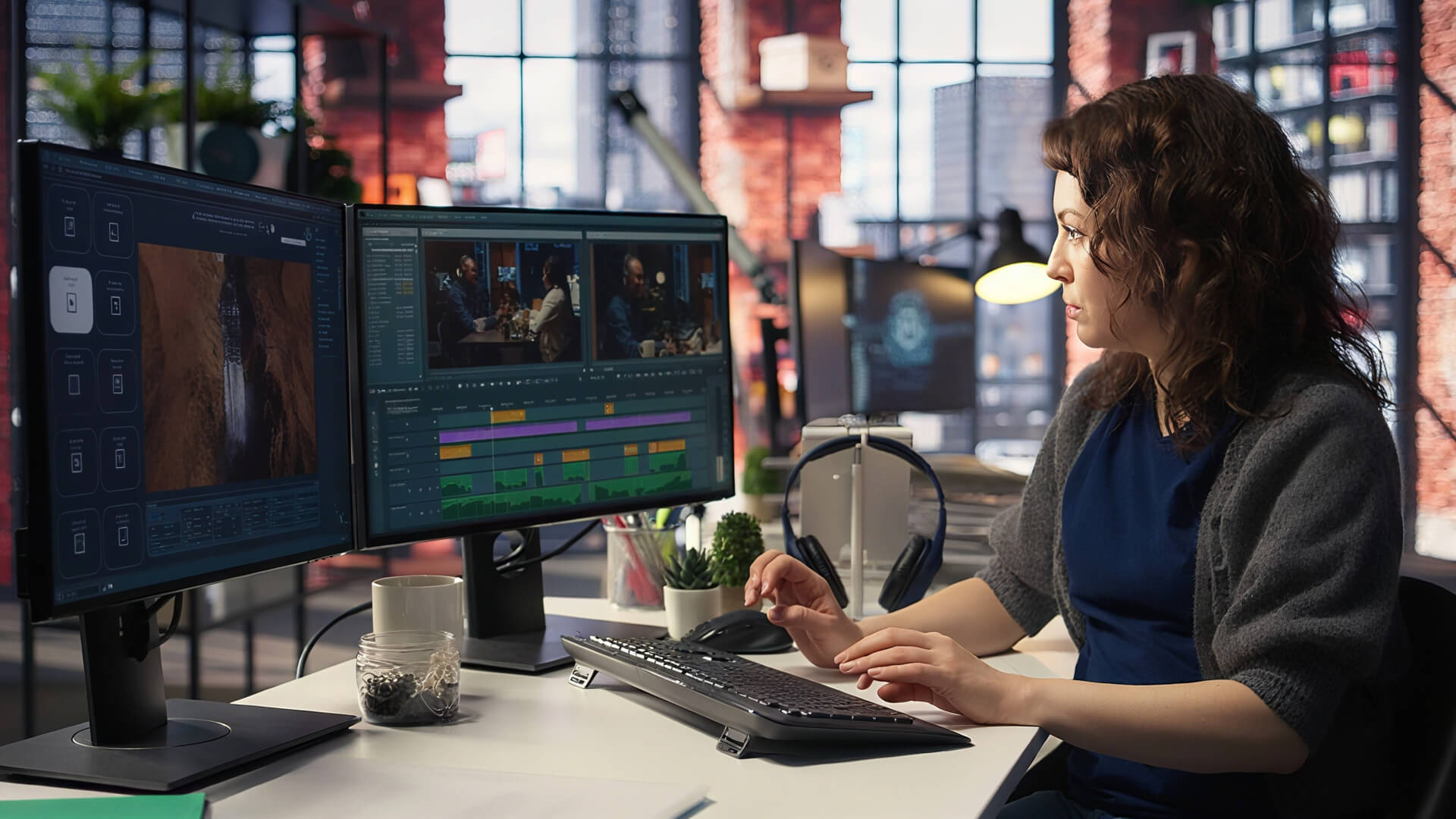
If you have the budget, you can hire a professional to edit your podcast. All you need to do is share your requirements, agree on a price, and let them handle the work. In return, you’ll get a polished, high-quality podcast ready to publish—without the hassle.
Editing Your Podcast Yourself
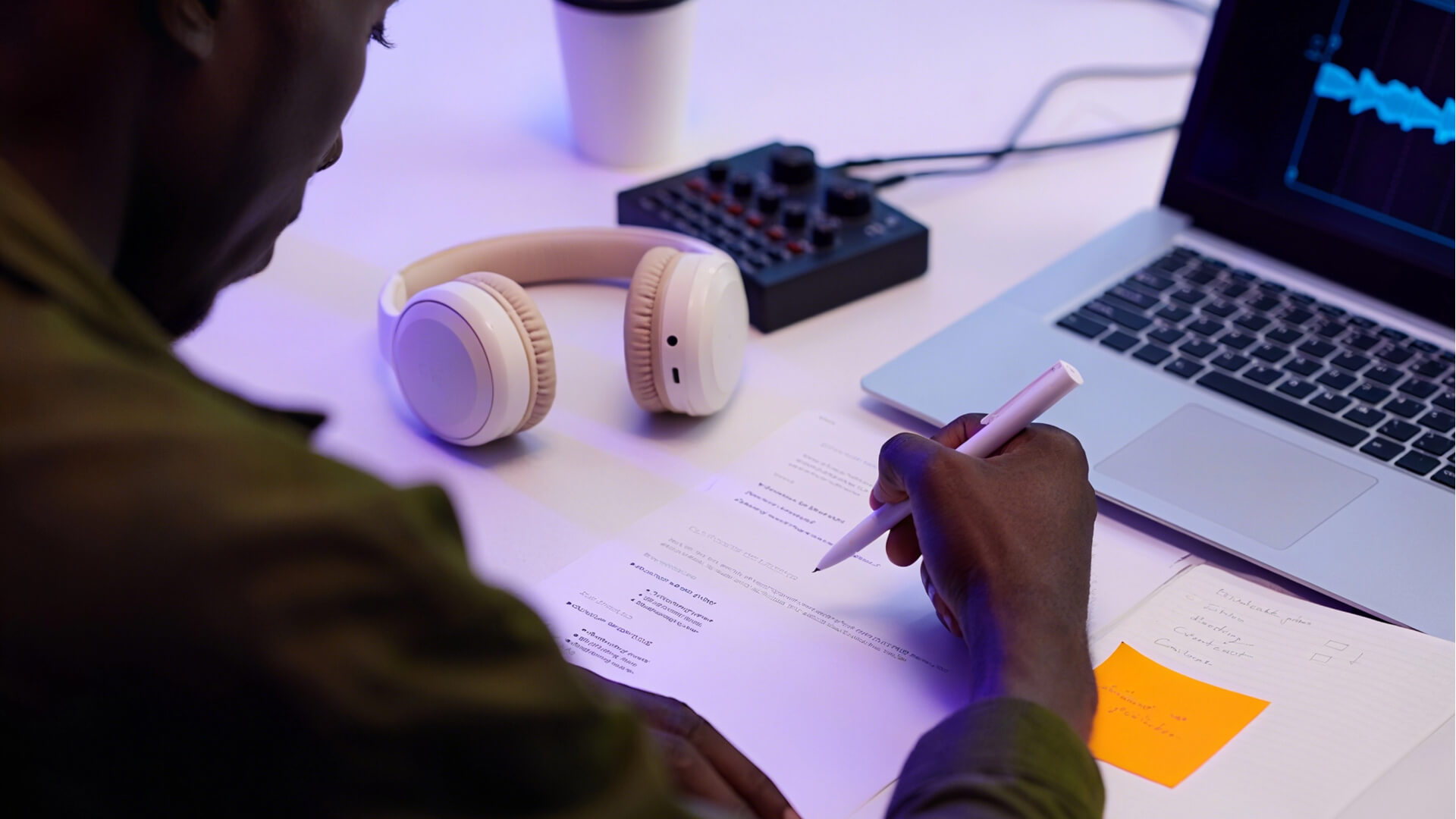
The two options above are simple, but they have one big downside—they can take away your personal touch. Whether you use AI tools or hire someone else, the final result may not fully reflect what you want. Only you, as the creator, truly know the style you want to show, the parts that matter most, and the structure that feels right. Your vision is what gives your podcast personality and makes it stand out.
How to Edit Your Podcast
Choose the Right Editing Software

Having the right tool makes everything easier. The same goes for editing your podcast. Below, we’ll list some of the most popular podcast editing software, along with their pros and cons. This will help you pick the one that best fits your needs and get started with editing right away.
| Software | Platform | Pros | Cons | Beginner-Friendly | Link |
|---|---|---|---|---|---|
| Audacity | Windows / Mac / Linux | Free, open-source, multi-track editing, noise reduction | Interface is outdated, steep learning curve for advanced features | ✅ Yes, but basic features only | https://www.audacityteam.org |
| GarageBand | Mac / iOS | Free for Apple users, intuitive interface, good for basic multi-track editing | Limited advanced features, Mac/iOS only | ✅ Very beginner-friendly | https://www.apple.com/mac/garageband |
| Ocenaudio | Windows / Mac / Linux | Lightweight, simple, real-time effects preview | Limited multi-track capabilities, fewer advanced tools | ✅ Yes, simple and easy to use | https://www.ocenaudio.com |
| Adobe Audition | Windows / Mac | Professional-grade, multi-track editing, powerful noise reduction and effects | Subscription-based, can be expensive, steep learning curve | ⚠️ Not beginner-friendly | https://www.adobe.com/products/audition.html |
| Hindenburg Journalist | Windows / Mac | Designed for podcasting, automatic leveling, intuitive workflow | Paid software, less flexible for music production | ✅ Beginner-friendly for podcasters | https://hindenburg.com |
| Reaper | Windows / Mac / Linux | Highly flexible, supports plugins, cost-effective | Steeper learning curve, interface less intuitive | ⚠️ Intermediate | https://www.reaper.fm |
| Logic Pro X | Mac | Professional music & audio production, advanced effects and plugins | Expensive, Mac only, overkill for basic podcasts | ⚠️ Not beginner-friendly | https://www.apple.com/logic-pro |
| Alitu | Online | Automated noise reduction, leveling, easy workflow for podcasts | Limited control over fine edits, subscription-based | ✅ Very beginner-friendly | https://alitu.com |
| Anchor Studio | Online | Record, edit, and publish directly online, free | Limited editing features, requires internet | ✅ Beginner-friendly | https://anchor.fm |
| Descript | Windows / Mac | Text-based editing, automatic transcription, easy collaboration | Subscription required, advanced audio editing less powerful than Audition | ✅ Beginner-friendly | https://www.descript.com |
Organize Your Audio Files
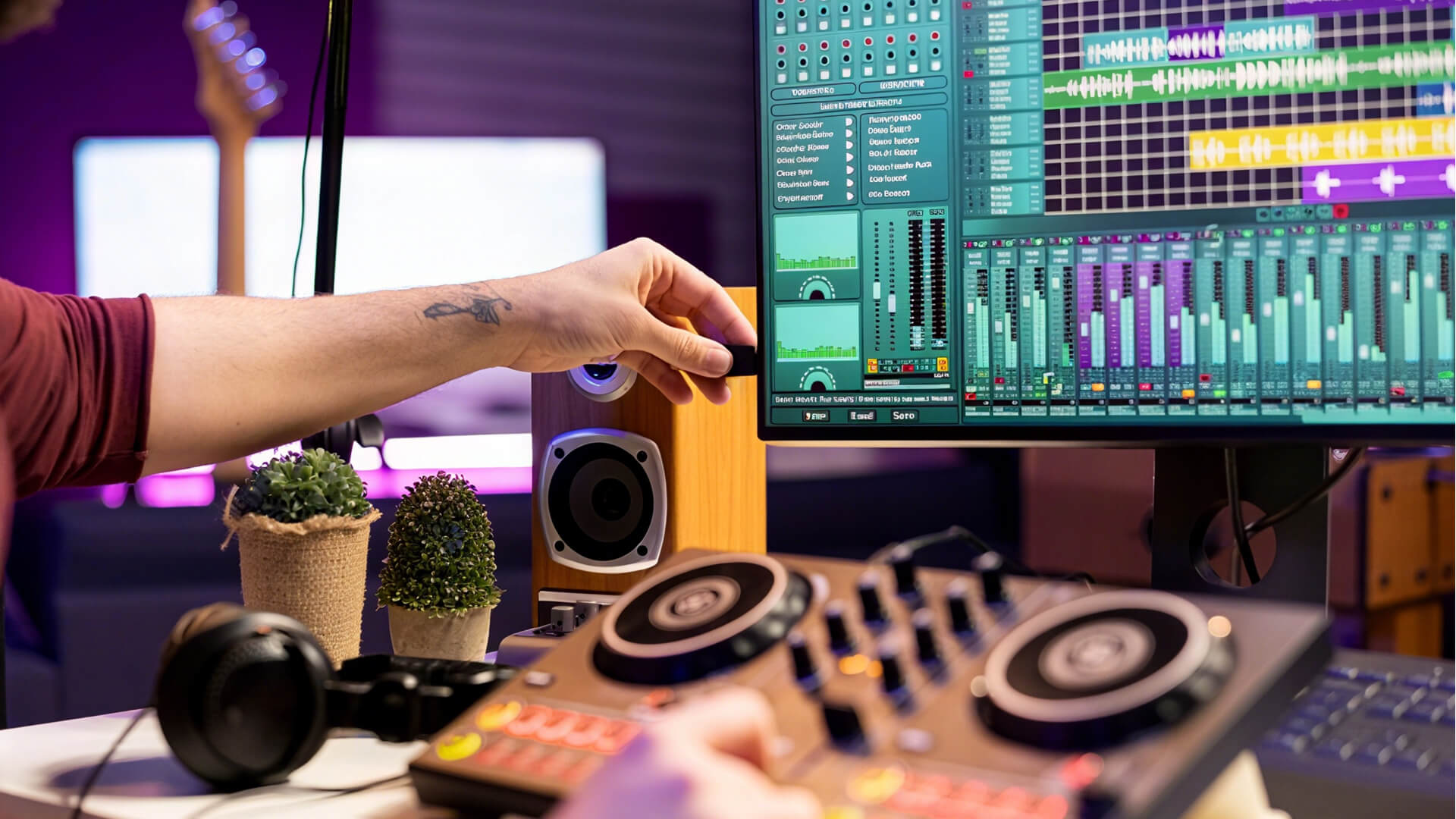
Before you start editing, the first step is to organize your audio files. But there’s an even more important step—backing up your files. Beginners often overlook this, but trust me, it’s crucial.
I strongly recommend backing up your original recordings. In addition, make backups of your project files at different stages of editing. This way, you can minimize the risk of losing your work and avoid any painful mistakes.
I learned this the hard way: one day I was rushing to meet a publishing deadline, and I realized I hadn’t backed up my raw recordings. The software crashed, and I lost a 3-hour episode I had just recorded. That experience taught me to always make at least two backups—one local, one cloud-based—before touching the edit.
Decide the Length of Your Podcast
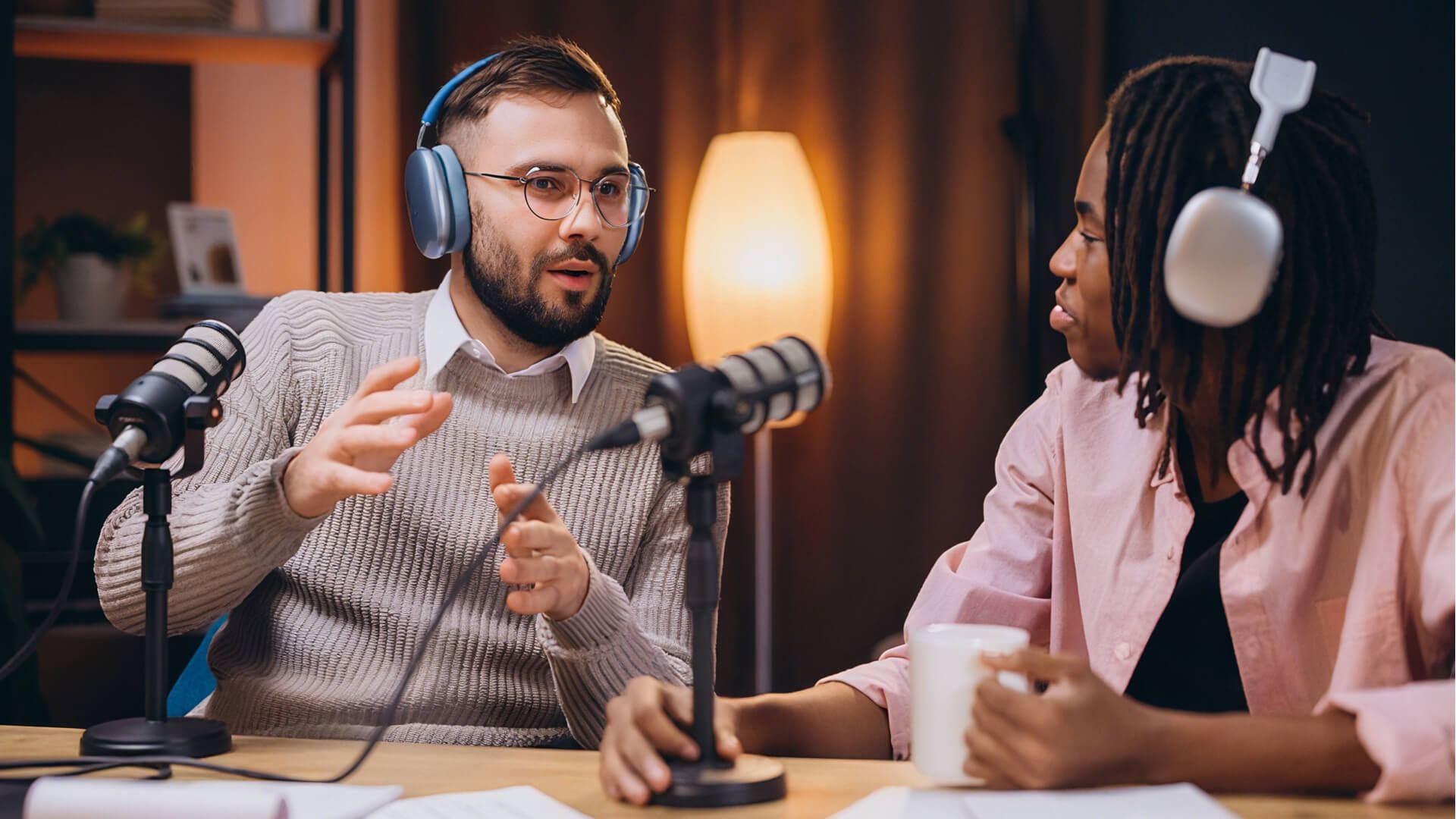
Before getting into organizing your files, you need to decide how long your podcast will be. Different lengths work best for different types of content. For example, when I first started, I tried recording a 90-minute episode for a casual chat podcast. By the time I finished editing, I realized it dragged too long for my target audience. I learned to experiment with medium-length episodes (20–45 min) and noticed much better listener engagement.
Check the table below to see common podcast lengths and their typical use cases. You can choose the length that fits your needs.
| Podcast Length | Typical Use | Advantages | Disadvantages | Recommended For |
|---|---|---|---|---|
| Short (5–15 min) | Quick tips, daily updates, short tutorials, inspiration | Easy to digest, low time commitment | Limited depth | Listeners with limited time, bite-sized content |
| Medium (20–45 min) | Interviews, topic discussions, story-telling, knowledge sharing | Balanced depth, keeps listener attention | Slightly higher production effort | General audiences, standard podcast episodes |
| Long (1–2 hours or more) | In-depth interviews, deep discussions, detailed storytelling | Full exploration of topics, builds listener loyalty | High production effort, may lose casual listeners | Enthusiastic or niche audience, professional content |
| Average Trend | Most podcasts | Typical average 30–40 min; popular interview podcasts 45–60 min | N/A | General audiences, industry standard length |
Remove Silence and Irrelevant Sections
During recording, your podcast may include unnecessary parts, such as long pauses, repeated phrases, or off-topic content. Removing these makes your podcast tighter, more professional, and easier to listen to.
After trimming, the next step is to sequence your audio. Arrange the clips so the content flows logically and keeps your listeners engaged.
Remove Audio Noise
During recording, you may have filler words like “um,” “er,” or phrases like “you know” and “I mean.” Sometimes, there are unexpected noises, such as sneezes or background sounds. These distractions need to be removed to give your listeners a smooth and professional experience.
This process can be tedious, as you often need to scrub the timeline to find the exact start and end of the noise. Tools like CapCut can now automatically detect and remove these noises with one click, making editing much faster.
Fix Audio Issues
Sometimes, recordings may have problems like clipping, distortion, or echo. These issues should be corrected during editing using audio software. Fixing them ensures your podcast sounds smooth and professional.
Audio Editing
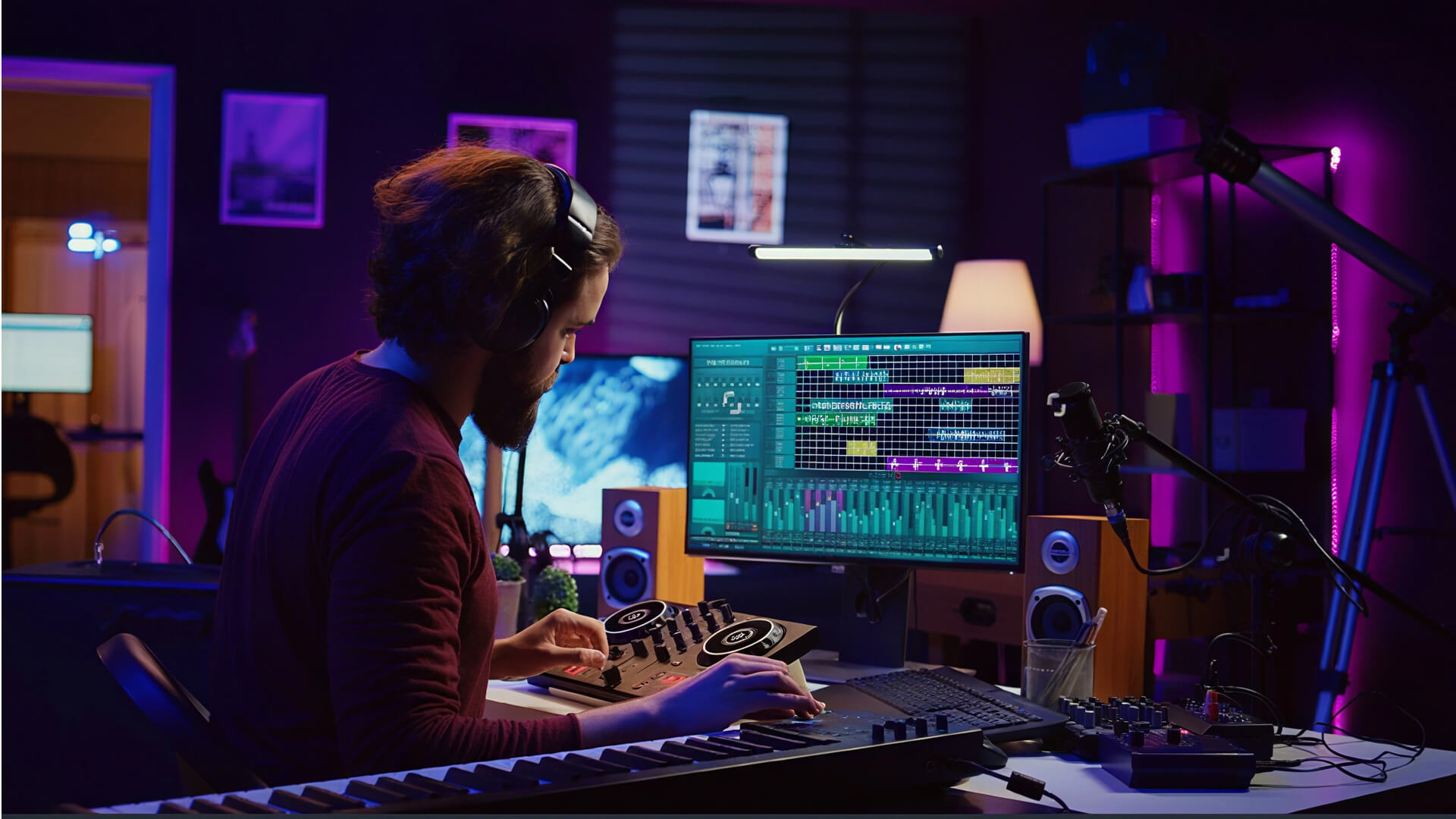
Once you’ve completed the basic audio cleanup, you can start editing your processed audio. This is where you shape your podcast and make it sound polished and professional.
Adjust Speech Rhythm and Pauses
Good pacing is key to making your podcast sound professional. After the previous steps, your audio is already cut into smaller segments. If you merge them directly, the speech may feel unnatural and choppy.
It’s also important to keep pauses where emphasis or reflection is needed. These breaks give your listeners time to absorb the information and fully engage with your content.
Merge Multiple Audio Tracks
If your podcast features multiple guests or remote participants, you’ll likely have separate audio tracks. Editing allows you to align these tracks, prevent overlapping voices, and ensure everyone is heard clearly.
Properly merged, your podcast will sound as if everyone is speaking naturally in the same room.
Balance Audio Levels
During long podcast recordings, guest volumes can naturally vary. Without adjustment, the audio may sound inconsistent, making it uncomfortable for listeners.
When editing, make sure the overall volume is balanced. This prevents listeners from constantly adjusting their playback devices and ensures a smooth listening experience.
Add Music and Sound Effects
Adding background music and sound effects is essential for making your podcast more engaging and professional. When choosing background music, match the style to your content. For example, upbeat music works well for casual chat podcasts, while calm music suits interviews or educational shows. Always control the volume so the music doesn’t distract from your voice.
Sound effects also play an important role. Well-placed effects can clarify the structure of your episode. For instance, a short sound when switching topics helps listeners follow the flow, and a laugh track can make jokes more engaging. But don’t overuse effects—they should enhance your podcast, not overwhelm it.
Export Your Podcast Audio
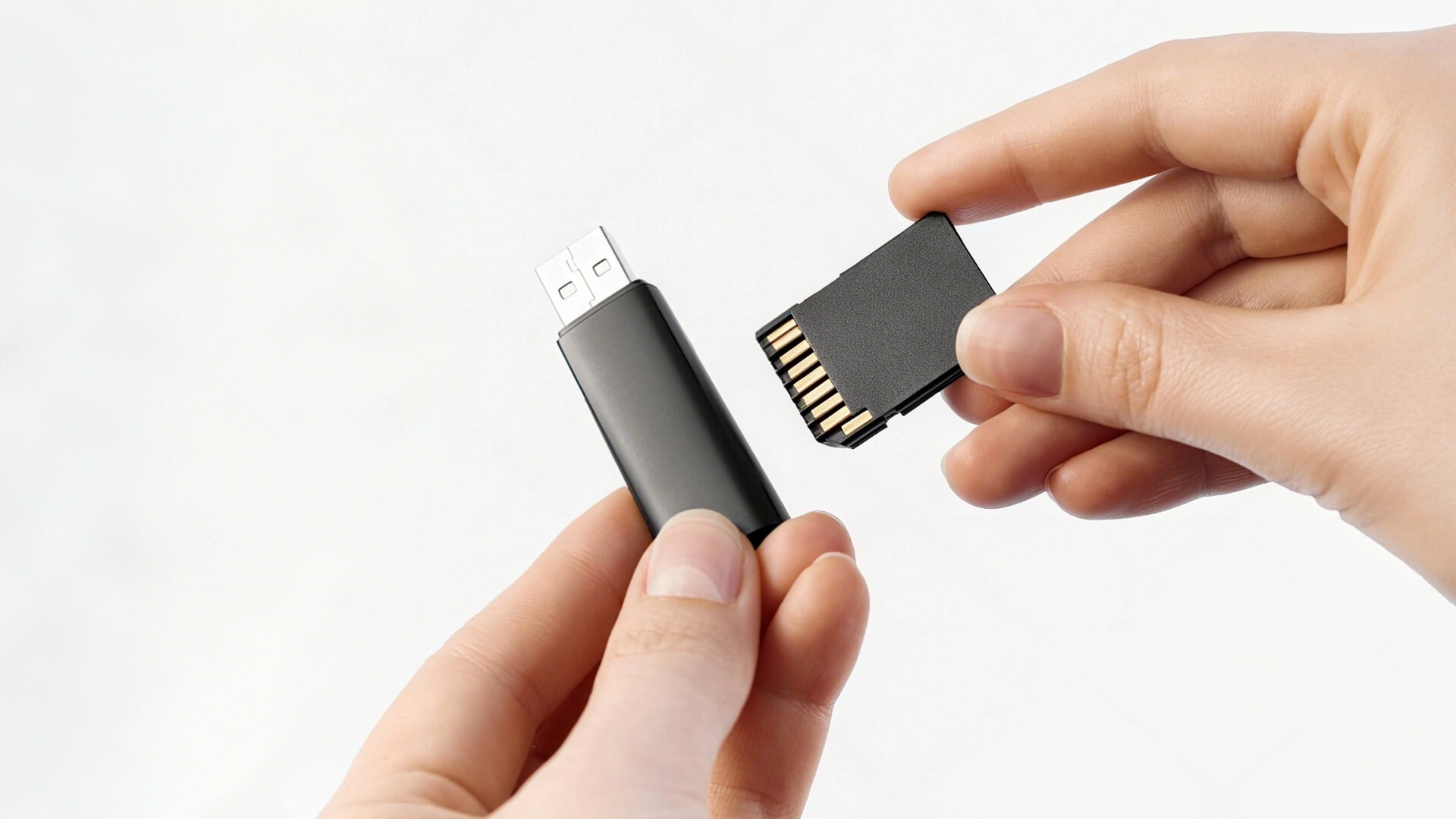
Choose the Audio Format
Most podcast platforms recommend MP3 because it is widely compatible and the file size is smaller for the same duration, making it easy to upload and share.
If you want higher audio quality and the platform supports it, you can also choose WAV. WAV files deliver better sound but are larger in size.
Set Bitrate and Audio Quality
Bitrate directly affects both audio quality and file size. If you’re unsure which bitrate to choose when exporting your podcast, you can refer to the table below for guidance.
| Bitrate | Features | Best For | File Size |
|---|---|---|---|
| 128 kbps | Standard quality, clear enough for voice | Voice-focused podcasts | Small, loads quickly |
| 192 kbps | Better quality, retains more detail | Podcasts with background music or sound effects | Medium |
| 256 kbps and above | Near lossless quality | High-fidelity podcasts, music-focused | Large, not recommended for all platforms |
Add Complete Metadata
Metadata is important information that your podcast displays on platforms. It helps listeners quickly recognize and remember your show. Common metadata includes:
- Title: Keep it clear and concise, highlighting the main topic.
- Artist/Author: Name of the host or podcast team.
- Cover Art: Recommended size is 3000×3000 pixels, square image.
- Description: A short summary of the episode to attract listeners.
- Chapters (optional): Break long episodes into sections for easier navigation.
Perform a Pre-Release Check
After exporting your podcast, listen to the entire episode from start to finish. Make sure the audio quality is clear, the volume is balanced, and all metadata is correct. This helps prevent issues after uploading and ensures your podcast sounds professional.
Conclusion
By now, you should have a good understanding of how to edit a podcast and know how to start shaping your own episodes.
Podcast editing is a professional skill that takes time to learn. Some issues may require research and practice to solve.
If your goal is simply to turn text into playable podcast audio, you can try a tool like AIPodify. Just enter your text, adjust a few settings, and it generates ready-to-publish audio. It also supports multiple voices and languages, making it suitable for a wide range of podcast content.
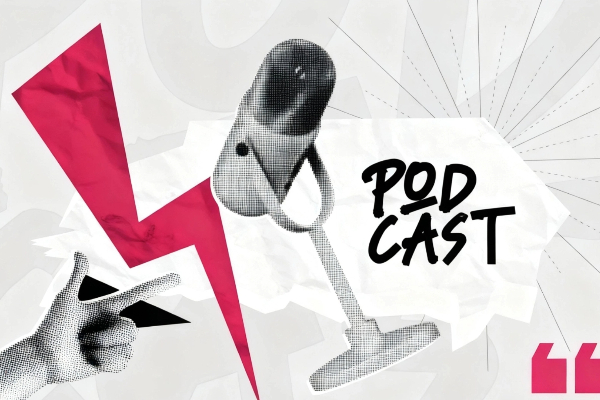
Ultimate Guide: How To Monetize Podcast Step By Step
Podcasting has seen remarkable growth, with over 2 million podcasts and more than 48 million episodes available globally, according to Podcast Insights. With this growth, monetizing your podcast is more accessible than ever. Whether through sponsorships, listener donations, or premium content, there are several paths to turn your podcast into a profitable business. Let’s dive into the most effective ways to start making money from your podcast!
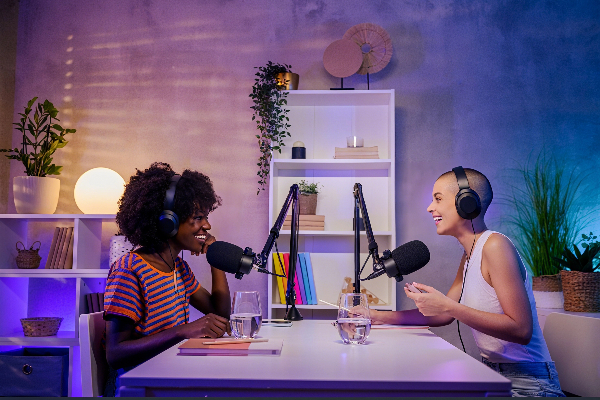
Why Every Podcaster Wears Headphones: From Sound Quality to Professionalism
Have you ever wondered why podcasters always wear headphones while recording? It’s not just a style choice—it plays a big role in creating a great podcast. In this article, I’ll walk you through why headphones matter so much in podcasting and how they help improve the quality of every episode.